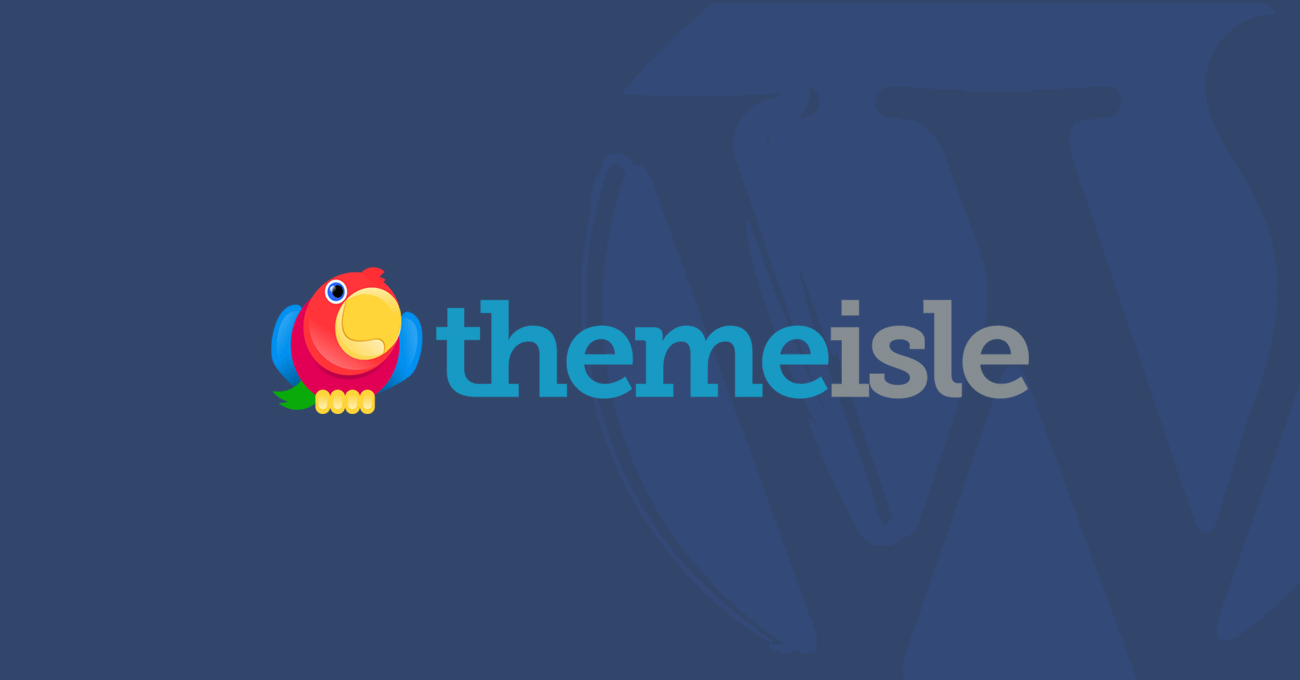Content management systems (CMS) have evolved into indispensable tools for creating and maintaining the content of modern websites. In recent years, a novel approach known as decoupled CMS architecture has gained substantial traction. This architecture separates the front-end and back-end components, allowing developers to harness distinct technologies for each facet of a website. In this blog post, we will delve into the concept of decoupled WordPress, examining its merits and demerits.
**An Introduction to Decoupled WordPress**
Decoupled WordPress operates by disentangling the front-end and back-end components of a website. The back end, empowered by WordPress, assumes the role of a headless CMS. It handles content creation, management, and storage, while also making this content accessible through a RESTful API.
On the other hand, the front end is crafted using an independent technology stack, such as React, Angular, or Vue.js. This stack interacts with the WordPress API to fetch content and present it on the user interface.
When a user visits a decoupled WordPress website, their requests are directed to the front-end application. The front-end application, in turn, communicates with the WordPress API to retrieve the necessary content. Subsequently, the obtained content is dynamically displayed on the front end, facilitating an interactive and immersive user experience.
**Decoupled WordPress: Its Advantages and Shortcomings**
The utilization of decoupled WordPress has both its merits and limitations.
*Pros*
Here are some of the advantages associated with decoupled WordPress:
**1. Flexibility and Innovation:** Decoupling WordPress provides developers with the freedom to select the most suitable technology stack for their front-end requirements. This flexibility fosters innovation and empowers the creation of highly interactive and engaging user experiences.
**2. Performance and Scalability:** Given the separation of the front end, server resources can be exclusively allocated to serving content. This leads to enhanced performance and scalability. The decoupled architecture allows for caching and the offloading of static assets, which reduces server load and augments overall website speed.
**3. Future-Proofing:** By decoupling the CMS, organizations can future-proof their websites by adapting to evolving technologies and trends. As new frameworks or libraries emerge, developers can seamlessly integrate them into the front end without disrupting the content management capabilities provided by WordPress.
*Cons*
While decoupled WordPress offers compelling advantages, it also comes with a few drawbacks:
**1. Complexity and Learning Curve:** Decoupled WordPress introduces added complexity compared to traditional setups. Developers must be proficient in both WordPress and their chosen front-end framework, which can elevate the learning curve and development time.
**2. Plugin Limitations:** Numerous popular WordPress plugins are designed to operate within the traditional architecture, where the front-end and back-end are tightly integrated. In a decoupled setup, not all plugins may be compatible or offer the same level of functionality, necessitating custom development or alternative solutions.
**3. Maintenance and Updates:** As the front-end and back-end are decoupled, updates to the WordPress core may not seamlessly reflect in the front end. Ensuring compatibility and maintaining both ends of the system can require additional effort and resources.
**Conclusion: Understanding Decoupled WordPress**
Decoupled WordPress presents a potent alternative to traditional CMS architecture, enabling developers to harness the strengths of diverse technologies for front-end development while still benefiting from WordPress’s robust content management capabilities. However, it’s essential to weigh the complexities and limitations associated with this architecture.
Now that you have a comprehensive understanding of what decoupled WordPress entails, you can make an informed decision about whether this architecture aligns with the needs of your online platform.


